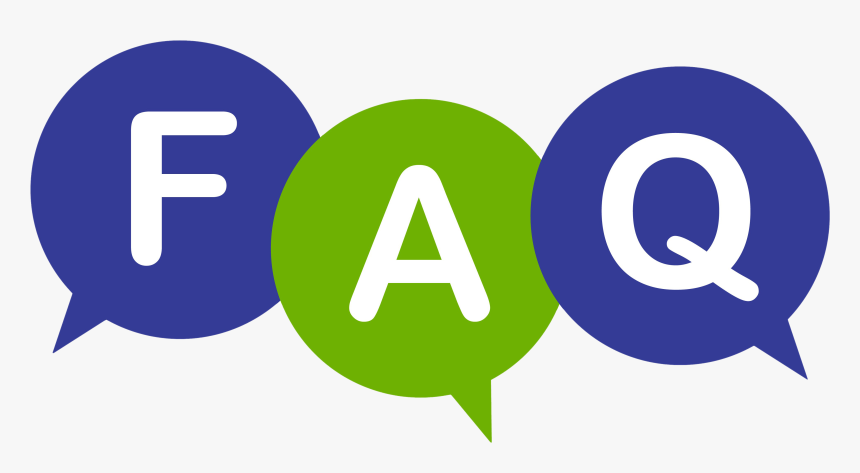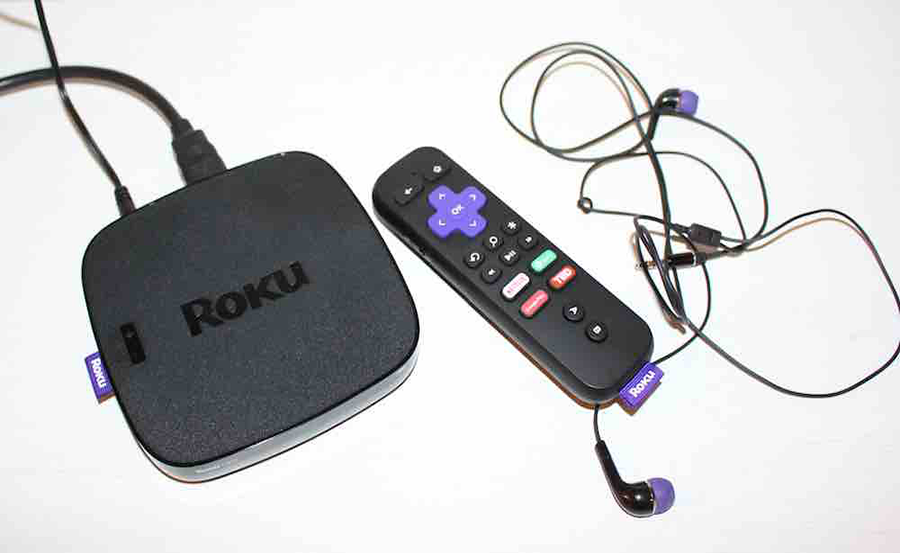For Roku users who are venturing into the world of Internet Protocol Television (IPTV), choosing the right protocol can be quite a task. With various options promising a plethora of channels and seamless streaming experiences, it can be overwhelming to make a decision. However, understanding the differences between these IPTV protocols is crucial. As the market grows, it becomes ever more important to discern which service best satisfies your viewing needs. Let’s walk through the jungle of IPTV protocols to identify the one that stands out for Roku users, particularly highlighting why Rapid IPTV might just be the best option.
Understanding IPTV: A Quick Overview
What is IPTV?
IPTV, or Internet Protocol Television, is an innovative technology that delivers television content through the Internet instead of traditional terrestrial, satellite, or cable television formats. This allows for greater flexibility and control over what and how you watch your favorite shows and movies. Unlike other services, IPTV doesn’t require you to sit through unwanted content or adhere to a strict schedule.
The Growing Popularity of IPTV
The market for IPTV has expanded rapidly, driven by increasing demand for on-demand content and the decline of conventional TV options. People are moving towards IPTV for its flexibility, wide range of channels, and often more cost-effective packages compared to traditional services. With competitive services such as Rapid IPTV emerging, viewers have more choice than ever.
Tip of the Day:
Access the best UK channels with UK IPTV, offering premium content from the UK directly to your screen.
Main IPTV Protocols for Roku Users
HTTP Live Streaming (HLS)
HTTP Live Streaming, or HLS, is a popular protocol originally developed by Apple. It works by breaking down video content into small, downloadable files that can be easily buffered, ensuring smooth streaming even in challenging bandwidth environments. Roku supports HLS, making it a go-to for many users. However, it’s essential to consider that HLS might sometimes suffer from latency issues.
MPEG-DASH
Dynamic Adaptive Streaming over HTTP (MPEG-DASH) is another widely used protocol that competes closely with HLS. It provides high-quality streaming by adjusting the video quality in real-time, based on the network conditions. Although not natively supported by Roku, adaptations and apps can enable MPEG-DASH compatibility, offering alternative options for users desiring high-intensity streaming quality.
Real-Time Messaging Protocol (RTMP)
RTMP is a legacy protocol mostly utilized for live streaming content. While it offers low latency and efficient delivery of live broadcasts, it’s not widely supported or recommended for Roku users. It has largely been surpassed by newer protocols like HLS, which offer broader support and better playback on various devices.
Why Rapid IPTV is the Ultimate Choice
Benefits of Choosing Rapid IPTV
When it comes to selecting an IPTV provider for Roku, Rapid IPTV stands out as a top contender. Here’s why:
- Extensive Channel Selection: Rapid IPTV provides access to a wide variety of international channels at prices that appeal to budget-conscious users.
- Compatibility: Designed with flexibility in mind, Rapid IPTV works seamlessly with Roku devices, allowing easy installation and usage.
- Superior Streaming Quality: Utilizing the most effective protocols, Rapid IPTV ensures high-resolution streaming without buffering or delays.
Affordable Pricing Plans
Cost is a significant factor for many IPTV users. With Rapid IPTV, you can enjoy top-tier service at a reasonable cost. Their subscription plans are structured to provide excellent value, making them attractive for users seeking cheap international IPTV solutions without compromising on quality.
Seamless User Experience
For those who prioritize user experience, Rapid IPTV offers an intuitive interface that’s effortlessly navigated, ensuring users spend more time watching and less time troubleshooting. The straightforward setup on Roku makes it accessible even for those unfamiliar with tech installations.
Potential Limitations and Considerations
Potential Drawbacks of Some Protocols
Every IPTV protocol has its pros and cons. For instance, while HLS offers great adaptability, its latency can be a slight hitch for viewers expecting real-time responses. MPEG-DASH provides better quality but demands more network resources, sometimes straining weaker connections.
Compatibility Concerns
Often, users might face compatibility issues depending on the Roku device model and the nature of the IPTV protocol selected. It’s advisable to check compatibility details before committing to a specific service.
Setting Up Rapid IPTV on Roku
Step-by-Step Guide
Installing Rapid IPTV on Roku involves a few simple steps. Begin by ensuring your Roku and computer are connected to the same network. Then, follow these steps:
- Create a Rapid IPTV account and subscribe to a plan of your choice.
- Install the IPTV player on your Roku device.
- Enter your subscription details into the player application.
- Restart your Roku device and begin enjoying your content.
Troubleshooting Tips
If you encounter any hiccups during setup, don’t worry—most issues are easily resolved. Ensure your network connection is stable, and verify that your subscription is active and entered correctly. Rapid IPTV’s support team is also available for assistance if needed.
Making the Right Decision for Your Viewing Pleasure
Evaluating Your Needs
When choosing the perfect IPTV protocol and package for your Roku device, essentials like channel availability, streaming quality, user experience, and budget should guide your decision. Rapid IPTV balances these priorities effectively.
Looking to the Future
As technology evolves, so too do IPTV services, with the potential for even more innovative protocols and user-centric features emerging. Staying informed about these developments ensures you always have access to the best possible viewing experience.
FAQs: Frequently Asked Questions

Is Rapid IPTV compatible with all Roku devices?
Yes, Rapid IPTV is designed to work with a wide range of Roku devices, though it’s always good to verify compatibility with your specific model.
How much does Rapid IPTV cost?
Rapid IPTV offers a variety of plans tailored to different viewing needs and budgets. They provide flexible pricing packages to fit all financial situations while maintaining high service quality.
Can Rapid IPTV’s channels be accessed internationally?
Absolutely. Rapid IPTV provides access to a comprehensive selection of international channels, making it an excellent choice for expatriates or those interested in global content.
How does the quality of Rapid IPTV compare to other IPTV services?
Rapid IPTV is renowned for its high-resolution streaming and minimal buffering, providing an experience that often surpasses other IPTV services.
Can issues arise when streaming IPTV on Roku?
While rare, some users may face occasional connectivity issues depending on their network strength. However, these can often be resolved quickly with basic troubleshooting.
Are there any risks involved with using IPTV services?
Generally, IPTV services are safe to use. However, always ensure you use legitimate and recommended providers like Rapid IPTV to avoid legal or security risks.
Exploring Gse IPTV Application’s EPG (Electronic Program Guide)

